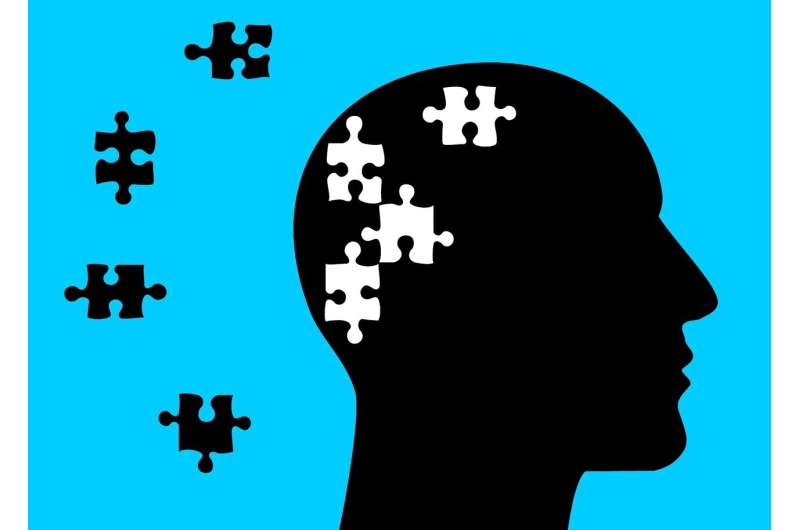Understanding How Our Brains Detect Faces Everywhere

Discover how our brains are naturally attracted to faces, even in inanimate objects, and how this phenomenon of face pareidolia influences attention, with potential applications in advertising and design.
Have you ever noticed seeing faces in everyday objects or patterns, even when they're not actually there? This intriguing phenomenon is called face pareidolia, and recent research from the University of Surrey sheds light on how our brains are so naturally drawn to face-like stimuli, whether real or imagined. The study explored how our attention is captured by both genuine facial cues, like gaze direction, and by face-like structures perceived in objects.
The researchers conducted four experiments involving 54 participants to investigate how our attention is influenced by gaze cues—when someone looks away or directly at us—and by pareidolia, where we perceive faces in inanimate objects. Their findings revealed that while both triggers can redirect our attention, they do so through different mechanisms. Attention to averted gazes from real faces primarily involves analyzing specific features such as the eye region. In contrast, face-like objects activate our holistic face perception, stimulating a stronger attentional response.
Dr. Di Fu, a Lecturer in Cognitive Neuroscience, explained that the brain processes real faces by focusing on distinct facial features, whereas with pareidolia, it interprets the overall structure of the object as a face. This difference increases our responsiveness to face-like stimuli, even when they are not actual faces.
These insights extend beyond basic science, presenting potential applications in areas like advertising. Incorporating face-like configurations with noticeable eye features in product design could enhance consumer attention and brand recall. Understanding the neural basis of face perception can inform strategies to engage viewers more effectively.
The study, published in i-Perception, illustrates the remarkable capacity of our brains to detect faces in the most unlikely places and how this ability can be harnessed for practical uses. This research not only deepens our understanding of visual attention but also opens new avenues for designing impactful visual communications.
Source: MedicalXpress
Stay Updated with Mia's Feed
Get the latest health & wellness insights delivered straight to your inbox.
Related Articles
Engaging in Helping Behaviors May Slow Cognitive Decline in Older Adults
Research shows that regular helping behaviors, both formal and informal, can significantly slow cognitive decline in older adults, emphasizing the importance of social engagement for brain health.
Innovative Use of Storytelling in Research on Racism and Mental Health in Children
Samantha Louie-Poon’s innovative use of storytelling in research sheds light on the intersection of racism and mental health in Asian children, emphasizing culturally safe interventions and community engagement.
Long-Term Effects of Abuse on Former Elite Gymnasts Revealed by Recent Study
A new study reveals that abuse endured by elite gymnasts continues to affect their mental and physical health long after retirement, emphasizing the need for safeguarding athletes' well-being.



